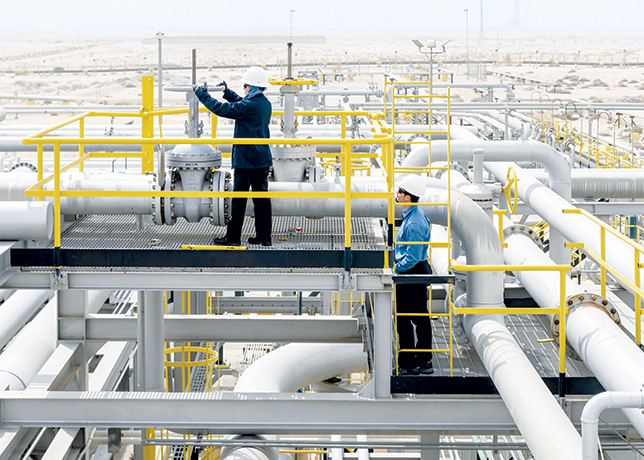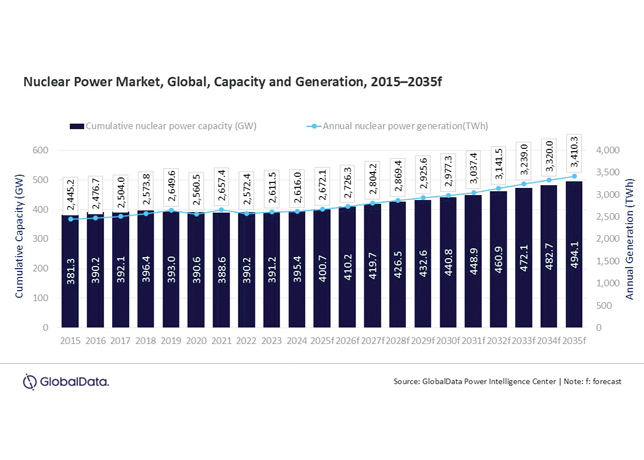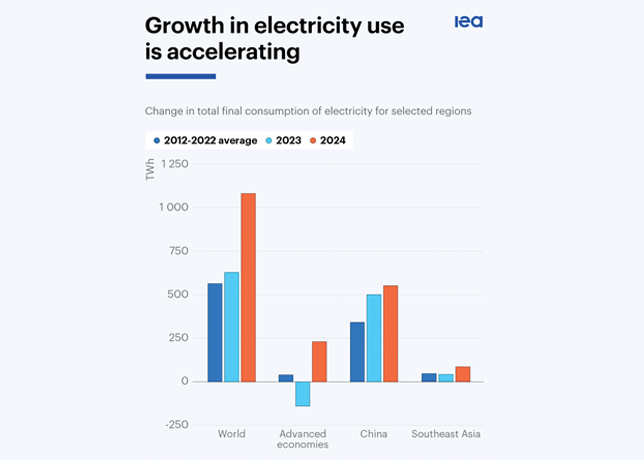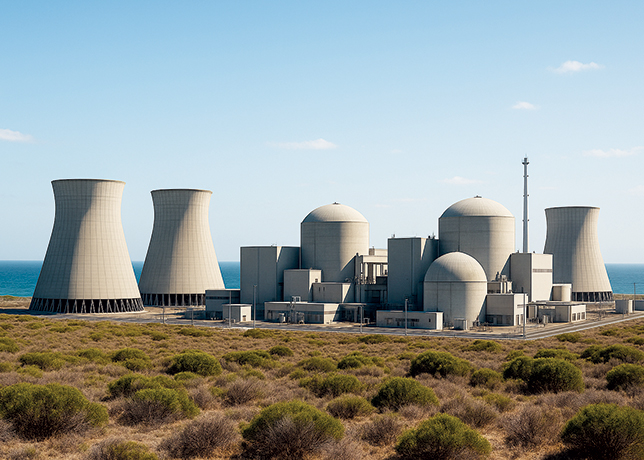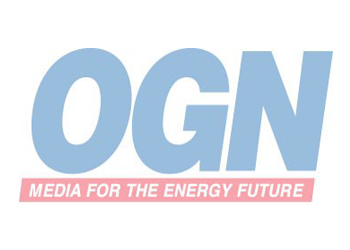
 Atlantic LNG ... cargoes sent to the US
Atlantic LNG ... cargoes sent to the US
Companies are diverting spot cargoes of LNG from the United States and sending them to Asia where gas prices have surged in the past few months, traders said.
Atlantic Basin producers Nigeria and Trinidad have traditionally targeted the US market but a fall in freight rates and high gas prices have drawn cargoes eastwards to Japan and Korea.
“Because of high prices, we have decided to divert some cargoes from Lake Charles to the Far East,” said a spokesman for British gas company BG, declining to give details of volumes.
BG sends mainly cargoes from its Trinidad project, Atlantic LNG, to the United States where it owns capacity at the import terminal at Lake Charles in Louisiana.
Gas prices in Asia, which are linked to oil, have risen on recent record crude prices and also on the back of production problems in the region’s main LNG supplier Indonesia.
However, a jump in US gas prices to a nine-month high recently could curb the flow of spot cargoes to Asia if the rally is sustained, traders said.
Producers have been quick to take advantage of arbitrage opportunities.
In August, Shell ordered its tanker Gallina that was mid-Atlantic on a trip from Nigeria to the United States to change direction and sail to Asia to deliver LNG to a customer in Asia, possibly Korea.
Shell said the route change was for commercial reasons but declined to elaborate.
“One of the most surprising features (of the spot market in the last year) is the flexibility with which some LNG tankers are operated and the extreme measures these ships will take to ensure the best possible prices for their cargo,” said analysts Sanford Bernstein in a report.
Spanish gas company Gas Natural announced last month it had delivered LNG loaded in Spain to the Korean Gas Corporation, its first direct sale into Asia.
Industry watchers said BP and Tractebel, owned by French utility Suez, have also taken cargoes of Nigerian LNG to Asia, while at least a couple of Trinidad cargoes have headed to the region within the last year.






